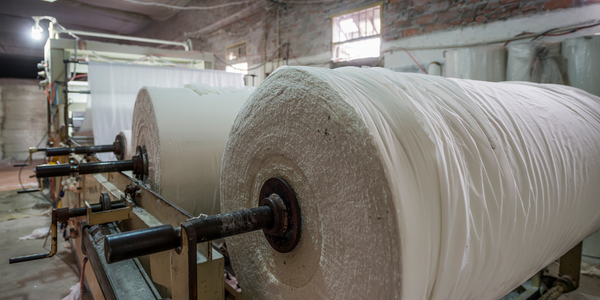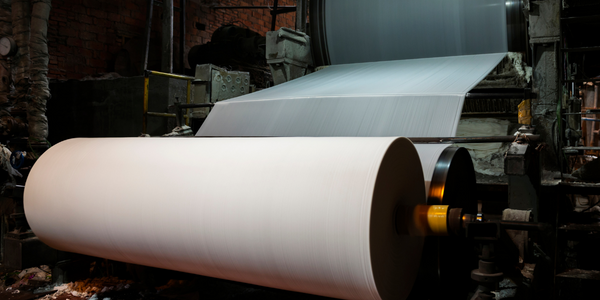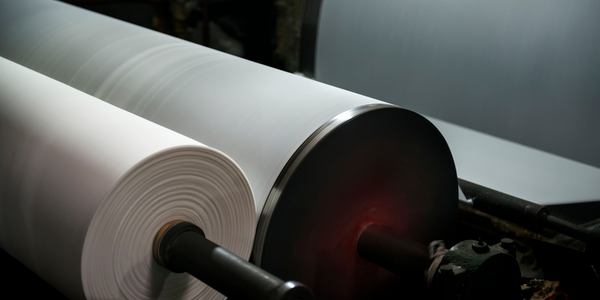下载PDF
Streamlining Business Processes and Compliance in Financial Services: A Case Study of Sarasin & Partners
技术
- 分析与建模 - 过程分析
- 网络安全和隐私 - 安全合规
适用行业
- 金融与保险
- 造纸
适用功能
- 产品研发
- 质量保证
用例
- 租赁金融自动化
- 人员跟踪与监控
服务
- 系统集成
- 培训
挑战
Sarasin & Partners 是一家总部位于伦敦的资产管理公司,该公司正在努力解决低效的纸质流程,这些流程阻碍了其运营效率。该公司负责代表客户投资 139 亿英镑,需要其流程易于审计。然而,对纸质表格和手动流程的依赖造成了瓶颈。例如,需要批准签名的文件可以由 220 名员工生成,并在大楼 3 层楼的多达 8 个不同的办公桌上传递。这导致审批流程需要很多天才能完成,员工经常需要给同事打电话或发送电子邮件来确定审批状态。该公司在确保遵守英国金融行为监管局 (FCA) 和其他监管机构执行的严格立法方面还面临挑战。尽管该公司的流程已经符合相关法规,但效率并未达到应有的水平。此外,进行审计时,员工面临着整理所有必要的硬拷贝文件以提供公司合规性证据的耗时任务。
关于客户
Sarasin & Partners 是一家私人资产管理公司,总部位于伦敦金融区的中心。该公司是可持续投资领域的专家,为慈善机构、私人客户、养老基金、独立财务顾问、家庭和机构提供服务。 Sarasin & Partners 负责代表其客户投资 139 亿英镑,这使得该公司拥有健全且可审计的内部流程至关重要。该公司不断寻求减少整个企业纸张消耗并提高运营效率的方法。
解决方案
Sarasin & Partners 求助于 K2 Software 来简化其流程并提高合规效率。该公司首先实现了一个流程的自动化:记录与运营风险相关的事件。在评估了金融行业中使用的许多常见风险管理和事件报告解决方案后,Sarasin & Partners 的 IT 团队意识到流程自动化平台更适合专注于大规模业务流程改进的公司。该公司现在有六个自动化生产流程,还有更多正在开发中。凭借其第一个解决方案,该公司将记录操作风险事件、内部共享信息、确定缓解措施以及采取适当行动所需的时间减少了 75%。另一个自动化流程可帮助 Sarasin & Partners 以更有效的方式遵守通用数据保护条例 (GDPR)。自动化工作流程会向员工发送通知,告知他们哪些数据集将被删除,以及如果他们想在 GDPR 立法范围内保留某些数据,需要采取哪些行动,从而简化公司本已严格的合规流程。
运营影响
数量效益
相关案例.

Case Study
Wireless Improves Efficiency in Compressed Air Systems
Hollingsworth and Vose wanted to improve the efficiency of their compressed air system, lower the electricity expense component of manufacturing cost in their commodity industry, and conserve energy leading to lowered greenhouse gas emissions. Compressed air systems degrade over time and become leaky and inefficient. Hollingsworth and Vose wanted to increase the frequency of system inspections without paying the high cost of manual labor.

Case Study
Real-time In-vehicle Monitoring
The telematic solution provides this vital premium-adjusting information. The solution also helps detect and deter vehicle or trailer theft – as soon as a theft occurs, monitoring personnel can alert the appropriate authorities, providing an exact location.“With more and more insurance companies and major fleet operators interested in monitoring driver behaviour on the grounds of road safety, efficient logistics and costs, the market for this type of device and associated e-business services is growing rapidly within Italy and the rest of Europe,” says Franco.“The insurance companies are especially interested in the pay-per-use and pay-as-you-drive applications while other organisations employ the technology for road user charging.”“One million vehicles in Italy currently carry such devices and forecasts indicate that the European market will increase tenfold by 2014.However, for our technology to work effectively, we needed a highly reliable wireless data network to carry the information between the vehicles and monitoring stations.”

Case Study
Process Predictive Analysis in Pulp and Paper Mill
Common paper breaks consequently lead up to 60 minutes of downtime, delaying a potential $10K per hour of production value process. Thus, defective products cause financial and damage company's reputation. Improving quality and reducing defect rates can generate millions of dollars of revenue per year for your company.

Case Study
Safety First with Folksam
The competitiveness of the car insurance market is driving UBI growth as a means for insurance companies to differentiate their customer propositions as well as improving operational efficiency. An insurance model - usage-based insurance ("UBI") - offers possibilities for insurers to do more efficient market segmentation and accurate risk assessment and pricing. Insurers require an IoT solution for the purpose of data collection and performance analysis

Case Study
Smooth Transition to Energy Savings
The building was equipped with four end-of-life Trane water cooled chillers, located in the basement. Johnson Controls installed four York water cooled centrifugal chillers with unit mounted variable speed drives and a total installed cooling capacity of 6,8 MW. Each chiller has a capacity of 1,6 MW (variable to 1.9MW depending upon condenser water temperatures). Johnson Controls needed to design the equipment in such way that it would fit the dimensional constraints of the existing plant area and plant access route but also the specific performance requirements of the client. Morgan Stanley required the chiller plant to match the building load profile, turn down to match the low load requirement when needed and provide an improvement in the Energy Efficiency Ratio across the entire operating range. Other requirements were a reduction in the chiller noise level to improve the working environment in the plant room and a wide operating envelope coupled with intelligent controls to allow possible variation in both flow rate and temperature. The latter was needed to leverage increased capacity from a reduced number of machines during the different installation phases and allow future enhancement to a variable primary flow system.






